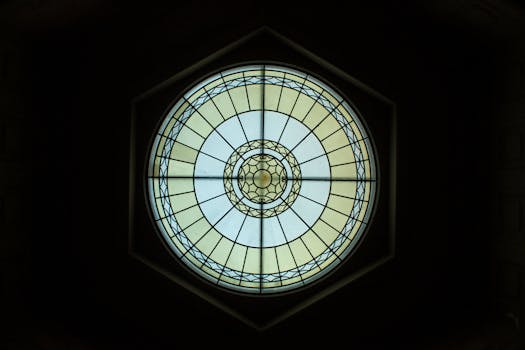
Traveling Through Time: How Europe’s Historical Heritage Shapes Modern Lifestyles in 2025
Traveling Through Time: How Europe’s Historical Heritage Shapes Modern Lifestyles in 2025. Europe, a continent steeped in history and tradition, has a unique ability to blend the old with the new. From the ancient ruins of Greece and Rome to the modern cities of London and Paris, Europe’s historical heritage continues to shape modern lifestyles in profound ways. In this article, we’ll explore the ways in which Europe’s rich history influences contemporary culture, architecture, art, and cuisine, and how travelers can experience this heritage for themselves.
Introduction to Europe’s Historical Heritage
Europe’s historical heritage is a treasure trove of cultures, empires, and traditions. From the Renaissance to the Enlightenment, Europe has been at the forefront of artistic, scientific, and philosophical innovation. The continent is home to some of the world’s most famous landmarks, including the Eiffel Tower, the Colosseum, and Big Ben. These iconic structures not only attract millions of tourists each year but also serve as a reminder of Europe’s enduring legacy.
Architecture and Urban Planning
Europe’s historical heritage is perhaps most evident in its architecture and urban planning. From the medieval towns of Italy and Germany to the modern cities of Scandinavia, Europe’s cities are a testament to the continent’s rich cultural diversity. Many of Europe’s cities have preserved their historical centers, with narrow streets, grand piazzas, and iconic landmarks. These areas are not only popular with tourists but also provide a unique glimpse into the past, with many buildings dating back centuries.
Art and Culture
Europe’s historical heritage has also had a profound impact on the continent’s art and culture. From the masterpieces of the Renaissance to the avant-garde movements of the 20th century, Europe has been at the forefront of artistic innovation. The continent is home to some of the world’s most famous museums, including the Louvre, the Uffizi, and the Prado. These institutions not only house some of the world’s most famous artworks but also provide a glimpse into the historical context in which they were created.
Cuisine and Wine
Europe’s historical heritage is also evident in its cuisine and wine. From the rich flavors of Italian pasta dishes to the delicate nuances of French haute cuisine, European food is a reflection of the continent’s cultural diversity. Many of Europe’s culinary traditions have their roots in the past, with dishes and ingredients often dating back centuries. The same is true of Europe’s wine, with many of the continent’s famous wine regions, such as Bordeaux and Tuscany, producing wines that are steeped in tradition and history.
Conclusion
In conclusion, Europe’s historical heritage continues to shape modern lifestyles in profound ways. From architecture to art and cuisine, the continent’s rich cultural diversity is a reflection of its enduring legacy. Whether you’re interested in history, culture, or simply experiencing the best of European lifestyle, the continent has something to offer everyone. So why not start planning your trip to Europe today and discover the ways in which the past continues to shape the present?






